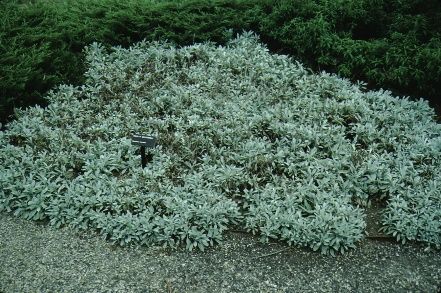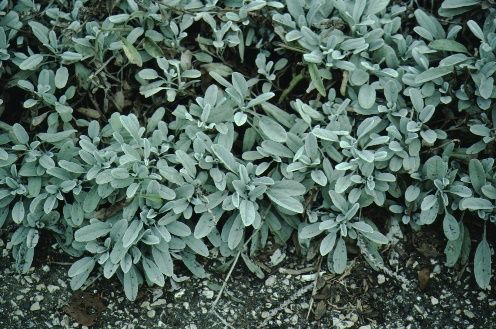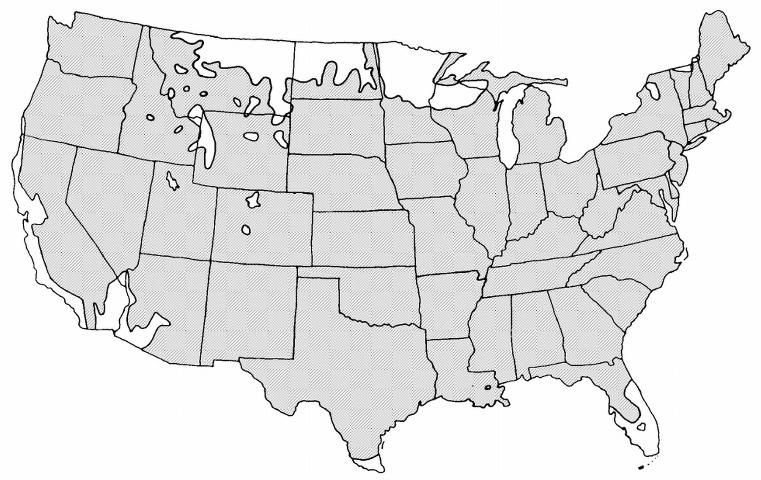Introduction
Veronicas grow from 2 to 18 inches tall, in full sun or light shade in any good garden soil. The plant is susceptible to drought and some types of veronica are serious lawn weeds.

Credit: Edward F. Gilman, UF/IFAS

Credit: Edward F. Gilman, UF/IFAS
General Information
Scientific name: Veronica spp.
Pronunciation: ver-RAWN-nick-kuh species
Common name(s): wooly speedwell, speedwell
Family: Scrophulariaceae
Plant type: annual; perennial; herbaceous
USDA hardiness zones: 4 through 9A (Figure 3)
Planting month for zone 7: Jun; Jul
Planting month for zone 8: May; Jun
Planting month for zone 9: Mar; Apr
Planting month for zone 10 and 11: not recommended
Origin: not native to North America
Invasive potential: not known to be invasive
Uses: cut flowers; border; mass planting; ground cover; edging
Availability: somewhat available, may have to go out of the region to find the plant

Credit:
Description
Height: 1 to 2 feet
Spread: 0.5 to 1.5 feet
Plant habit: upright
Plant density: moderate
Growth rate: moderate
Texture: medium
Foliage
Leaf arrangement: opposite/subopposite
Leaf type: simple
Leaf margin: dentate; serrate
Leaf shape: obovate; oblong; ovate
Leaf venation: pinnate
Leaf type and persistence: semi-evergreen
Leaf blade length: 2 to 4 inches
Leaf color: green
Fall color: no fall color change
Fall characteristic: not applicable
Flower
Flower color: purple; blue; lavender
Flower characteristic: spring flowering; summer flowering; fall flowering
Fruit
Fruit shape: unknown
Fruit length: unknown
Fruit cover: unknown
Fruit color: unknown
Fruit characteristic: inconspicuous and not showy
Trunk and Branches
Trunk/bark/branches: typically, multi-trunked or clumping stems
Current year stem/twig color: green
Current year stem/twig thickness: medium
Culture
Light requirement: plant grows in part shade/part sun
Soil tolerances: acidic; loam; clay; sand
Drought tolerance: moderate
Soil salt tolerances: unknown
Plant spacing: 12 to 18 inches
Other
Roots: not applicable
Winter interest: no special winter interest
Outstanding plant: not particularly outstanding
Pest resistance: no serious pests are normally seen on the plant
Use and Management
Division may be done in autumn or spring. Seeds germinate in 15 to 20 days at 70°F. Softwood cuttings may be taken in spring. Seed can be planted outdoors within two months of frost.
Pests and Diseases
Downy mildew causes pale spots on the upper sides of leaves. Corresponding regions on the undersides of the leaves are covered with grayish mildew.
Leaf spot causes numerous small circular spots that vary in color from violet to brown. The spots are found on the upper leaf surface. On the undersides, the spots are yellowish brown. As the spots run together, the leaves look scorched, ragged, and shotholed. The last stage of the disease is defoliation. Destroy all fallen and spotted leaves. The disease is caused by Septoria veronicae.
Powdery mildew causes a white, powdery growth on the leaves.